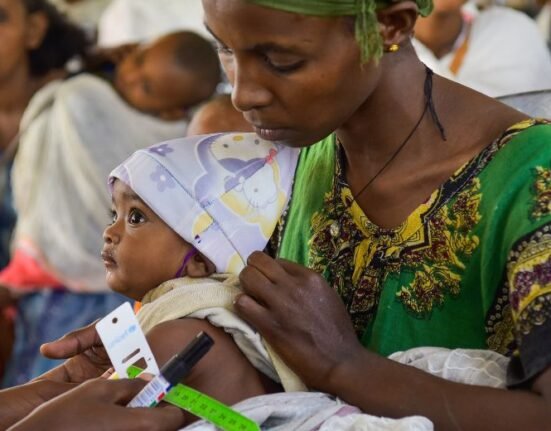HQ Team
July 25, 2024: About 377 children have died in 2021 due to rising temperatures across Europe and Central Asia, according to a new data analysis from 23 nations done by UNICEF.
Half of these children died from heat-related illnesses in their first year of life while most children died during the summer months, according to the Beat the Heat: Child Health Amid Heat Waves in Europe and Central Asia.
“Around half of the children across Europe and Central Asia – or 92 million children — are already exposed to frequent heatwaves in a region where temperatures are rising at the fastest rate globally,” said Regina De Dominicis UNICEF Regional Director for Europe and Central Asia.
“The increasingly high temperatures can have serious health complications for children, especially the youngest children, even in a short space of time. Without care, these complications can be life-threatening.”
Heat exposure has acute effects on children, even before they are born, and can result in pre-term births, low birth weight, stillbirth, and congenital anomalies, according to a UNICEF statement.
Paediatric diseases
Heat stress is a direct cause of infant mortality, can affect infant growth and cause a range of paediatric diseases. The report also notes that extreme heat caused the loss of more than 32,000 years of healthy life among children and teenagers in the region.
Heatwaves are set to increase in frequency and intensity in the coming years as a result of accelerated global warming.
Under the scenario of 2.4°C global warming, expected to be reached by the middle of the next decade, 97% of children across Europe and Central Asia will be exposed to high heatwave duration by 2050 and 56% to severe heatwaves or high heatwave severity.
In Central Asia, the frequency, duration and severity of heatwaves have all increased by, on average, 30% in the past 60 years.
Water quality
With surface warming now 20–40 per cent higher in the world’s drylands than in more humid lands, the prospects for this part of the region are of real concern, particularly as communities face deteriorating water quality in addition to increasing heatwaves, according to the report.
As the temperatures continue to rise, UNICEF urged governments across Europe and Central Asia to invest in early warning systems, including heat alert systems.
The UN body called on governments to invest in heat health action plans and primary health care to more adequately support heat-related illness among children.
Nations need to adapt education facilities to reduce the temperatures in the areas children play in and equip teachers with skills to respond to heat stress, it stated.
Urban design and infrastructure would have to ensure buildings, particularly those housing the most vulnerable communities are equipped to minimize heat exposure.
The governments should secure the provision of safe water, particularly in countries with deteriorating water quality and availability, according to the report.
Longer, stronger
In an October 2022 report on protecting children from the escalating impacts of heatwaves, UNICEF stated that the climate crisis is rapidly accelerating and with it, heatwaves are becoming longer, stronger, more widespread and more frequent.
Already, around 559 million children are exposed to high heatwave frequency and around 624 million children are exposed to one of three other high heat measures — high heatwave duration, high heatwave severity or extreme high temperatures.
This report provided more evidence that children are on the front lines of the climate crisis.
By 2050, virtually every child on earth — over two billion children – is forecast to face more frequent heatwaves. It will be regardless of whether the world achieves a ‘low greenhouse gas emission scenario’ with an estimated 1.7 degrees of warming in 2050 or a ‘very high greenhouse gas emission scenario’ with an estimated 2.4 degrees of warming in 2050.








